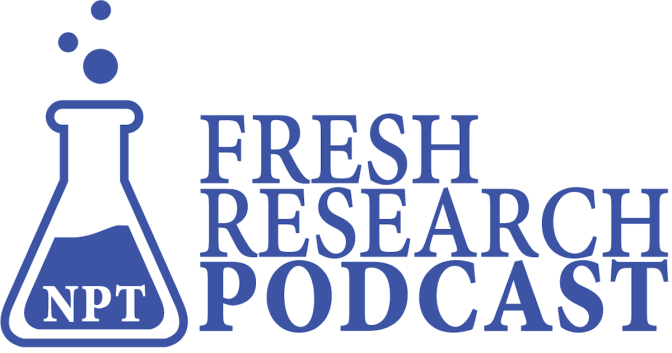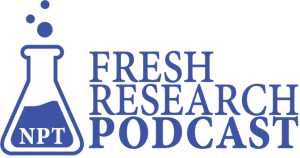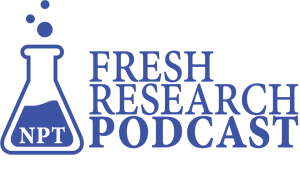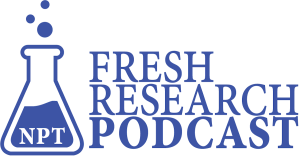The use of Artificial Intelligence (AI) is exploding and the next few years will be huge for nonprofits in adopting the technology as a strategic tool, from the program side to the fundraising side.
Authors Beth Kanter and Allison Fine join this episode of The NonProfit Times‘ Fresh Research podcast to discuss their paper, “Unlocking Generosity with Artificial Intelligence: The Future of Giving,” available at AI4Giving.org. The paper reviews the ways in which nonprofits use AI, including core AI methods, AI-powered capabilities, and the benefits applied to philanthropy.
“We feel like we’re right at the heel of the hockey stick right now,” Fine said. “The use of AI is exploding because the technology has become commercialized and so much less expensive, so that regular people and smaller organizations can have access to it in a way that we couldn’t before,” she said. “We think we’re at this point with AI where we were with social media in around 2008, 2009.”
The 56-page research paper, made possible with support from the Bill & Melinda Gates Foundation, describes four stages of where nonprofits stand with AI:
- Crawl
- Walk
- Run
- Fly
 “We think of AI as the robots but we think it’s a fantastic opportunity to re-humanize fundraising and especially focus on the donor relationships,” Kanter said. “The AI dividend is the gift of time because AI can do things, rote types of tasks — like pattern matching, analyzing big data sets — much faster than humans, and they’re better at it. This frees up a lot of human time to then focus on things that humans are better at, and that’s making relationships with donors and engaging with donors,” she said.
“We think of AI as the robots but we think it’s a fantastic opportunity to re-humanize fundraising and especially focus on the donor relationships,” Kanter said. “The AI dividend is the gift of time because AI can do things, rote types of tasks — like pattern matching, analyzing big data sets — much faster than humans, and they’re better at it. This frees up a lot of human time to then focus on things that humans are better at, and that’s making relationships with donors and engaging with donors,” she said.
 Kanter and Fine talk about how nonprofits use AI, whether on the program side or fundraising. “We should be looking at two to three years, not 10 years, because the technology is developing so quickly. One of our great hopes is that we will see an increase in donor retention rates. We call this a cancer on the nonprofit sector that over 75 percent of donors in year one don’t give in year 2 and that creates this frantic transactional hunt for new donors to fill this leaky bucket. When people get this dividend of time from AI, we’d like to see them use it for donor retention,” Fine said.
Kanter and Fine talk about how nonprofits use AI, whether on the program side or fundraising. “We should be looking at two to three years, not 10 years, because the technology is developing so quickly. One of our great hopes is that we will see an increase in donor retention rates. We call this a cancer on the nonprofit sector that over 75 percent of donors in year one don’t give in year 2 and that creates this frantic transactional hunt for new donors to fill this leaky bucket. When people get this dividend of time from AI, we’d like to see them use it for donor retention,” Fine said.
Like any tool, AI is no panacea. There will be challenges associated with it, especially since commercial partners like Gravyty, boodle.AI and Salesforce, are poised to play a large role. “What makes AI different from technologies we’ve seen is that largely, it’s happening the background. Because of that, it’s invisible for a lot of people, unlike social media say,” Fine said. “So we are concerned that the code will be opaque for people, particularly when we’re working with commercial platforms. And given how much of human interaction is going to begin to happen between humans and robots, the guts of the code is going to be more and more important.”






